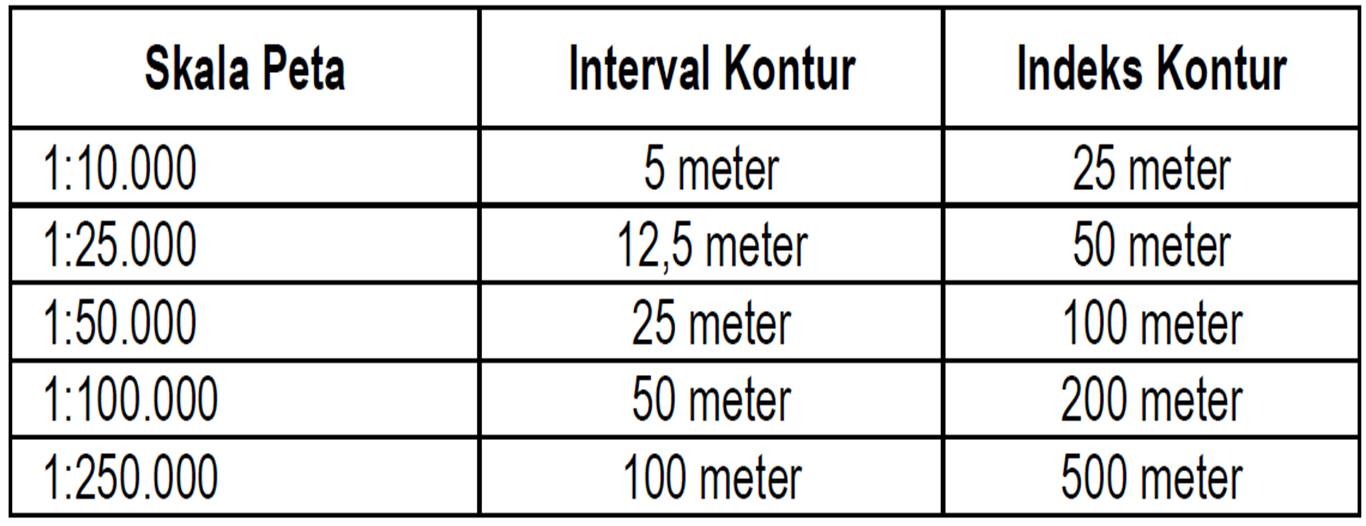Decoding the Language of Measurement: Understanding Interval Scales
Imagine trying to understand the rhythm of a bustling city without a reliable clock. Time, a fundamental aspect of our lives, would lose its structure and meaning. Just as hours and minutes provide a framework for understanding time, interval scales provide a framework for understanding data in various fields, from psychology to economics.
Interval scales, a core concept in statistics, allow us to measure differences between values on a scale where the intervals between each value are equal. This powerful tool helps us quantify and interpret data with a level of precision that goes beyond simple categorization. Whether we're analyzing survey responses, comparing temperatures, or tracking market trends, interval scales provide a standardized language for measurement, enabling us to make meaningful comparisons and draw insightful conclusions.
While seemingly complex, the concept of interval scales can be illustrated through everyday examples. Consider the Celsius temperature scale. The difference between 10°C and 20°C is the same as the difference between 20°C and 30°C. This consistent interval allows us to perform calculations, like averaging temperatures or determining temperature ranges, with confidence.
The history of interval scales is intertwined with the development of statistical thinking and the need for more precise measurement tools. As scientists and researchers sought to quantify observations and analyze data in a standardized manner, the concept of interval scales emerged as a crucial tool for understanding relationships and patterns within data sets.
However, the power of interval scales comes with certain limitations. Unlike ratio scales, which have a true zero point, interval scales lack a meaningful zero. This means that while we can quantify differences between values, we cannot make statements about ratios. For example, we cannot say that 20°C is twice as hot as 10°C. Despite this limitation, interval scales remain a vital tool for analyzing data and extracting valuable insights from complex information. By understanding the principles and applications of interval scales, we gain a deeper appreciation for the intricate ways in which data shapes our understanding of the world.
Advantages and Disadvantages of Interval Scales
Like any measurement tool, interval scales come with their own set of advantages and disadvantages:
| Advantages | Disadvantages |
|---|---|
| Allows for precise measurement of differences. | Lacks a true zero point, limiting ratio comparisons. |
| Enables meaningful comparisons between data points. | Susceptible to bias if intervals are not truly equal. |
| Facilitates statistical analysis and calculations. | May not capture the full complexity of certain phenomena. |
Let's delve deeper into some best practices for effectively utilizing interval scales:
Best Practices for Using Interval Scales
1. Ensure Equal Intervals: The foundation of an interval scale lies in the equal spacing between its units. Diligently verify that the difference between consecutive points on your scale is consistent to maintain the integrity of your measurements.
2. Choose Appropriate Labels: Clear and concise labels are essential for interpreting data on an interval scale. Opt for labels that accurately represent the measured attribute and the units of measurement.
3. Consider Context: The interpretation of data on an interval scale is always influenced by context. Keep the specific characteristics of your data in mind when drawing conclusions.
4. Employ Visualizations: Graphs and charts are powerful tools for representing data on interval scales. Utilize visualizations to identify patterns, trends, and outliers.
5. Mind the Limitations: While versatile, interval scales do have limitations. Avoid making ratio comparisons or drawing conclusions that go beyond the scope of the scale's capabilities.
By adhering to these best practices, you can harness the power of interval scales to unlock valuable insights from your data.
Frequently Asked Questions
1. What is the difference between an interval scale and a ratio scale? While both measure quantities, an interval scale lacks a true zero point, while a ratio scale has a meaningful zero.
2. Can interval scales have negative values? Yes, interval scales can have negative values, as long as the intervals between values remain consistent.
3. What are some common examples of interval scales? Common examples include temperature scales (Celsius, Fahrenheit), calendar years, and standardized test scores.
4. Are Likert scales considered interval scales? While debated, Likert scales are often treated as interval scales in practice, assuming equal intervals between response options.
5. How can I determine if an interval scale is appropriate for my data? Consider whether your data represents a measurable quantity with consistent intervals and if a true zero point is relevant to your analysis.
6. What statistical analyses can be performed on data measured on an interval scale? Interval data allows for various statistical analyses, including mean, median, standard deviation, and correlation.
7. How do I interpret the results of statistical analyses on interval data? Interpret results in the context of the measured attribute and the units of the interval scale, focusing on differences and patterns.
8. Are there any tools or software that can help me work with interval scales? Statistical software packages like SPSS, R, and even spreadsheet programs like Excel offer tools for analyzing interval data.
Conclusion
Interval scales are essential tools for understanding and interpreting data in a wide range of fields. By grasping the concept of equal intervals and recognizing their limitations, we gain the ability to make meaningful comparisons, analyze trends, and draw insightful conclusions. From measuring temperatures to understanding customer satisfaction, interval scales provide a standardized language for quantifying the world around us. As we navigate an increasingly data-driven world, a solid understanding of interval scales equips us with the ability to make sense of complex information and make informed decisions based on evidence and analysis.
Unlocking worlds the transformative power of spanish reading
Unlocking the fun a guide to tiktok live gifts
Casas en renta en mexico your dream home awaits












